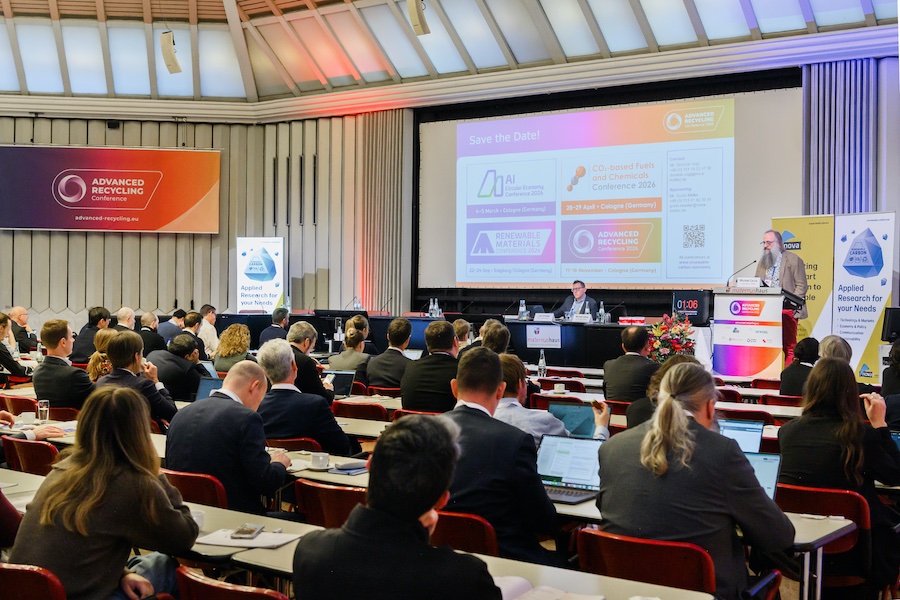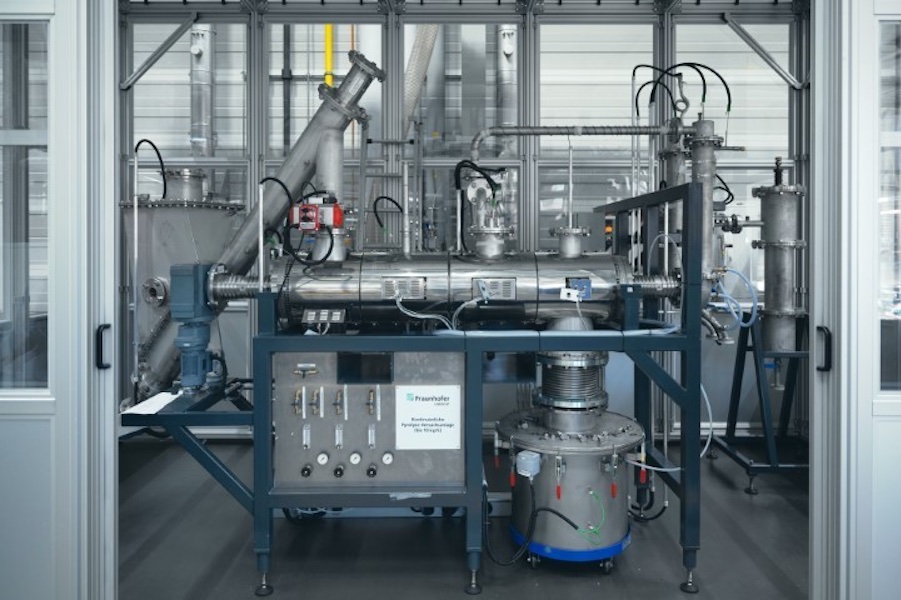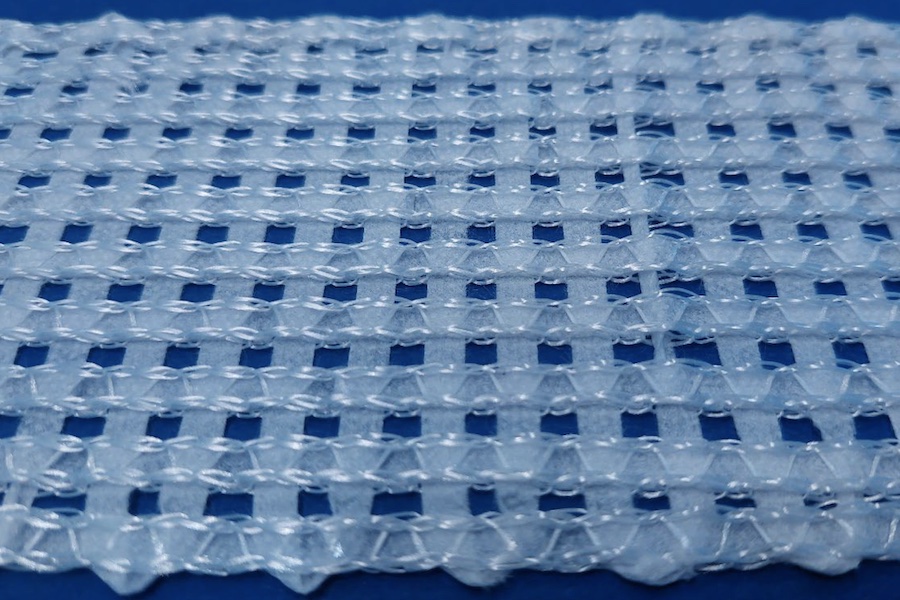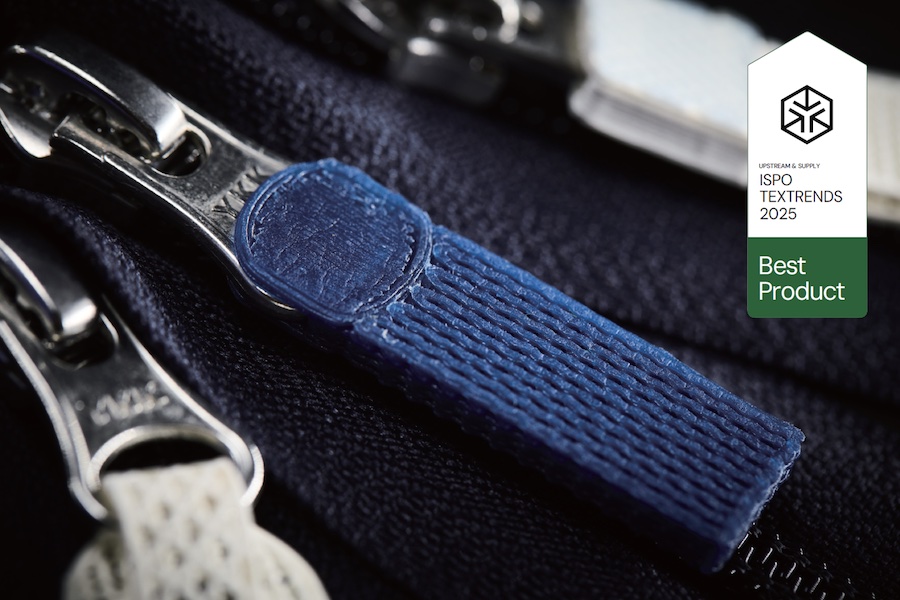#Recycling / Circular Economy
GenuTrace and Refiberd partner to deliver verified forensic with AI traceability for the textile industry
“We ask one question — ‘If you claim it, can you prove it?’ Verifying fiber and yarn compositionbefore fabrication means that sustainability claims are not just aspirational; they’re scientifically proven,” said MeiLin Wan, founder and CEO of GenuTrace.
In a market where recycled and conventional fibers increasingly overlap, supply chain integrity is more critical than ever.
The partnership combines Refiberd’s AI-enabled hyperspectral imaging technology—capable of rapidly classifying fibers, yarns and fabrics by their spectral fingerprints”—with GenuTrace’s forensic stable isotope analysis that verifies the true geographic origin of cotton. This two-step system delivers unparalleled confidence in feedstock claims before fabrics are ever produced.
“To manufacture effectively, you must first know what you’re working with — down to the fiber. With our AI-enabled hyperspectral system, we can precisely verify cotton-based materials before they’re made into fabric. This validation is the critical foundation for making textile processes scalable and reliable,” said Sarika Bajaj, founder and CEO of Refiberd.
In 2025, Refiberd was named winner of the Global Fashion Agenda Trailblazer Programme and recognized as Circular Fashion Innovator of the Year in the CFDA x eBay Circular Fashion Fund. These awards highlight Refiberd’s leadership in advancing circularity and scaling AI- powered textile recycling solutions.
DRIVING CIRCULARITY WITH PROOF
This collaboration empowers brands and manufacturers to “Trace it Before You Make It”, ensuring authenticity and sustainability at the earliest stages of production. By integrating high- speed AI classification with forensic origin isotope testing, GenuTrace and Refiberd can help to deliver a baseline for virgin and recycled materials such as recycled PET, nylon and other materials, that safeguards quality, efficiency, and trust across global supply chains.












